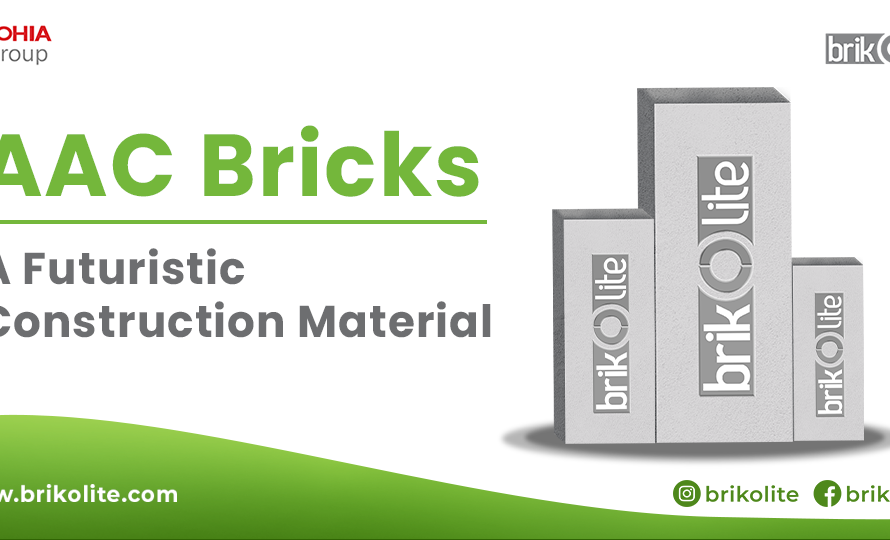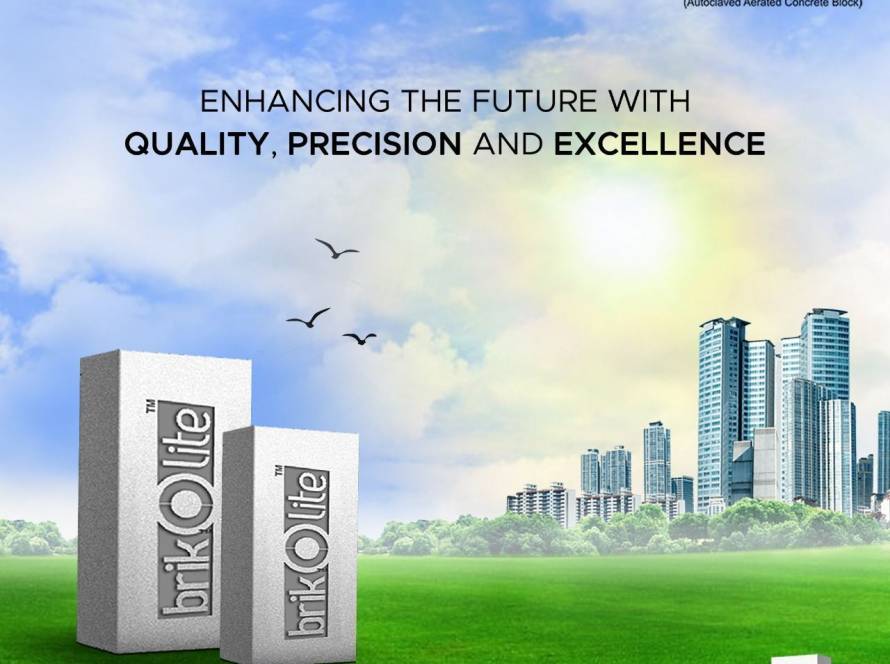
The marketability of AAC blocks is rapidly increasing precisely because of their cost-effective and user-friendly benefits. The multiple uses of AAC blocks are due to their unique qualities and acoustic performance. The durability and highly insulating property make it a perfect choice for every architect and construction worker. AAC blocks offer both material and performance aspects from a sustainable perspective. AAC blocks cater to some excellent advancements in climate change when we are in great need to build more resilient construction buildings.
This article will discuss the superior quality material and how it is ideal for resilient construction.
Let’s get started!
How can AAC blocks be an ideal material for resilient construction?
The dangers we face today are significant, and with global climate change, those menaces will certainly increase. Storms are getting more extreme, flood events more common, fires more frequent, and termites more widespread. Nowadays, the standard wood-frame construction won’t make sense any longer. AAC blocks cannot solve all the problems, but they will surely help. Below let’s describe how the properties and performance of AAC blocks make them good material for resilient construction.
AAC blocks are fireproof:
AAC blocks are a non-combustible material. If finished on the exterior with cement plaster, the system can help prevent a structure from fire. Standard AAC block walls of four inches and provide a minimum 4-hour fire rating. The unique property of the AAC block is that it contains water in a crystalline form that acts as a heat sink; when heated, this water produces steam that escapes through the AAC block’s porous structure without causing surface spilling. The unique cellular beehive-like structure of Brikolite AAC blocks allows it to face temperatures as high as 1500 degrees centigrade and hold up to flames for 4 to 5 hours at a stretch. During such hazards, they do not emit any toxic fumes that ruin the environment.
AAC blocks and flood-prone locations:
There is no secret that flood risk is expanding with climate change. More intense rainfall in almost all parts of the world leads to more frequent flooding both in coastal and inland areas. The priority should be to avoid construction in areas prone to flood or expected to be at high risk as sea level rises. But if planning to construct a structure, it’s ideal to use a material that can quickly get wet and dry. That’s the beauty of AAC blocks. The material will absorb moisture, followed by surface treatment (as recommended – plaster of cement, gypsum, and lime), and it will dry out without any lasting damage. The rigid material can perform well as a seasonal moisture buffer, absorbing moisture during summers with higher relative humidity and releasing the moisture during drier winter months.
AAC blocks are entirely inorganic, so there is nothing that can decay with moisture, and there is no food source for molds, but when AAC blocks get wet, they must dry out quickly. However, it would be best if you undertook construction work under the supervision of an expert to ensure proper detailing.
AAC blocks and insects:
We don’t hear a lot about insects in climate change, but it is likely to change. Termite ranges are extending. If wooden framing is used, the wood should be treated to protect against termite damages. AAC blocks provide an alternative to wooden construction in areas where termite damage is expected or can be expected soon. The inorganic constitution of Brikolite AAC blocks facilitates resistance to pests. Prevention of infestation and attacks by termites and other insects is avoidable.
Other considerations for resilient construction with AAC blocks:
- The material also provides excellent acoustic performance, especially assemblies that include other components, such as an insulation layer or brick sheathing. The porous Brikolite AAC blocks which fall in STC-44(Sound Transmission Class) offer attenuation of about 45 to 49dB. The sound-absorbing property enhances the quality of living spaces and fulfills requirements in commercial areas too.
- AAC blocks also work well for people with chemical sensitivities. For constructions, where acute chemical sensitivity is an issue, cement, lime, or gypsum plaster finish may be essential rather than acrylic coatings.
- AAC blocks have good resistance to earthquake forces. Brikolite AAC blocks are lighter; they absorb and transmit the minimum force of seismic vibrations. Brikolite AAC blocks, therefore, fulfill the requirement of seismic Zone-IV and V.
Final thoughts:
By now, we can know that, with growing interest in resilience in today’s world, the prospects for AAC blocks are bright; it is finally emerging as a common building material for resilient construction. It is lightweight, water-resistant, non-combustible, and much more.
Brand Details:
Brikolite is the premium AAC blocks manufacturer in the North-eastern region. AAC blocks are lightweight, load-bearing, high-insulating, and durable building products. They are ultra-light, eco-friendly, and easily transportable. These blocks are easily available and very handy for construction purposes. Hence, Brikolite AAC blocks are the smartest choice for your construction project. Brikolite AAC blocks are available in Guwahati, Jorhat, Golaghat, Sivasagar, Tinsukia, Dibrugarh, Itanagar, Shillong, Aizawal, Imphal, Agartala. Dimapur and Kohima. It provides environmentally friendly bricks for your dream home. For further details, kindly contact our expert.




